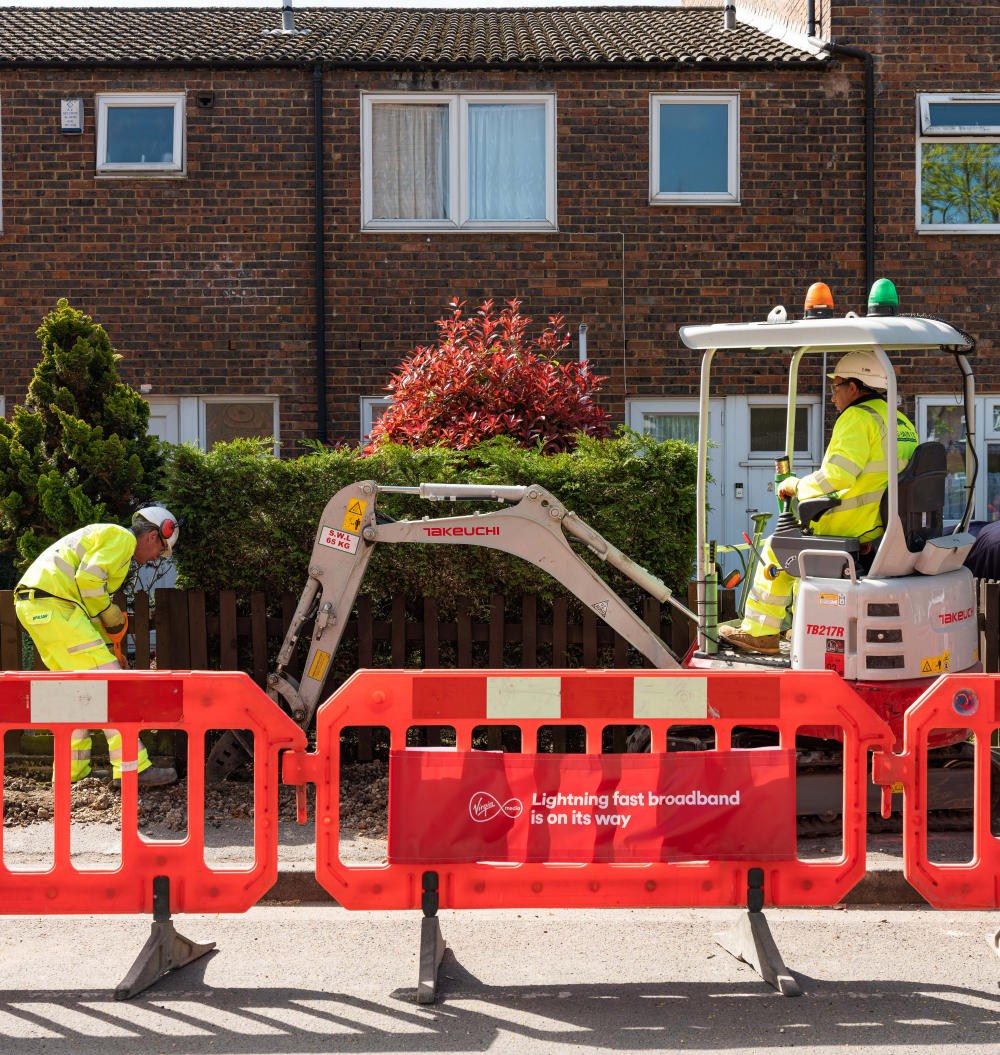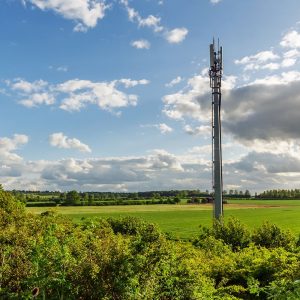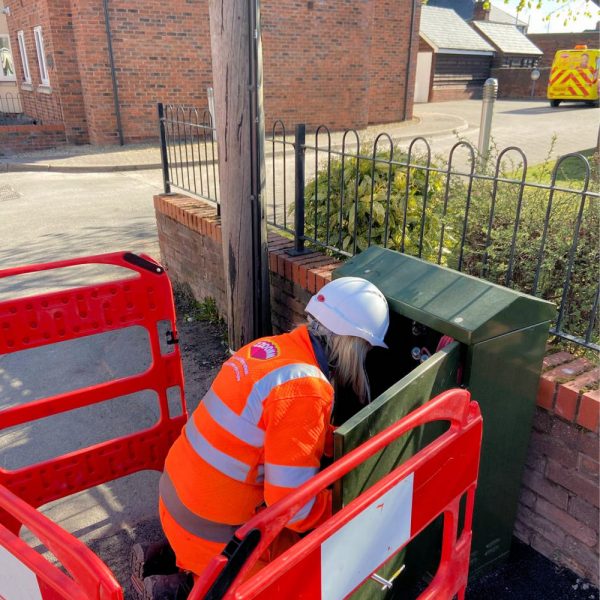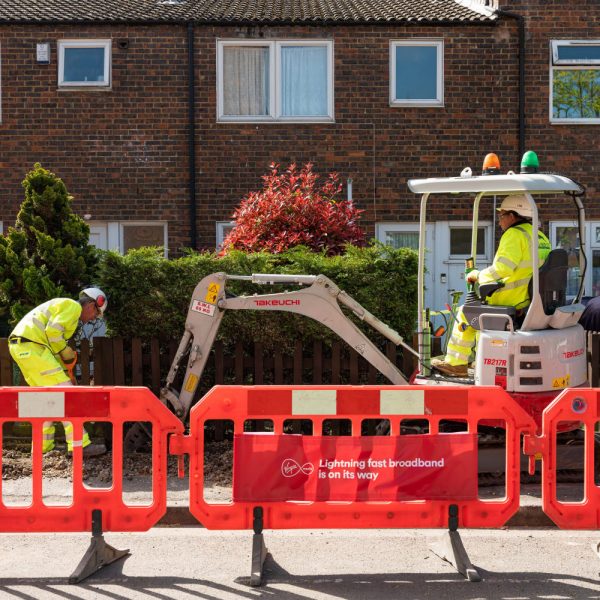A Look at the Future Fibre to the Distribution Point FTTdp Broadband Tech
For example, Lantiq’s FTTdp diagram above shows a performance of 250Mbps but this is largely based off a standard FTTC/VDSL line without G.Fast. The International Telecommunications Union (ITU) notes that the final standard would work on total copper wire lengths to the customers’ transceiver of up to 250 meters.
The ITU states that aggregate data rates of up to at least 500Mbps should be supported on a single pair but only via loops of about 30 metres. It is expected that the bulk of the loop lengths may be in the order 30 to 50m but it’s easy to envisage operators using longer lines in some areas. Some info. hints that speeds of 150Mbps might thus be expected on straight loops of 250m.
Meanwhile G.Fast often talks about peak speeds of 1Gbps (1000Mbps), which it claims would also be applicable within 250 meters of a street cabinet or fibre distribution point. Indeed one recent test of G.fast on a “good quality [copper] cable” (see the earlier Alcatel-Lucent trial link) achieved aggregate speeds of 1.1Gbps over a single pair of 70 metre lines and 800Mbps over a single pair of 100m lines.
In reality there are far too many factors to consider and it’s simply too early to be talking about what G.Fast and FTTdp may or may not achieve on BT’s network in the UK. Never the less we don’t think it’s unreasonable to expect something around 200Mbps as a potential headline speed because this would be closer to what a fair proportion of users might expect.
Trials and Standardisation
The ITU currently expects its new G.Fast standard to be approved by “early 2014” (here) and unofficially BT already claims to have witnessed connections speeds of around 1Gbps in its closed lab tests. But long before that BT will want to focus on their deployment of FTTC Vectoring technology (assuming the trials are a success), which is a necessary precursor to G.Fast.
It’s just possible that BT could then begin a national deployment of Vectoring sometime in 2014 (don’t bank on it just yet though) and thus we’d be unlikely to see G.Fast before 2015 and even then it would probably be a trial. Similarly the introduction of G.Fast may end up being dependent upon FTTdp. The UK telecoms regulator, Ofcom, is certainly interested in BTOpenreach conducting an FTTdp trial before the G.Fast standard becomes available.
Ofcoms Statement
“We understand that a number of [UK ISPs] are interested in FTTDP trials, perhaps initially using VDSL so that the physical engineering aspects can be trialled prior to the G.fast standard being available.
It is likely to be a number of years before G.fast is technically mature enough for commercial deployment. As such we do not consider that it would currently be appropriate or proportionate to require BT to provide access for FTTDP unbundling. We do however, consistent with the proposed general remedies, continue to propose to require that BT provide network access on reasonable request and note that a trial or pilot of FTTDP within the period of this market review may be appropriate.”
Openreach doesn’t currently have any formal plans for a trial of FTTdp technology and a spokesperson noted to ISPreview.co.uk that Ofcom’s statement wasn’t being taken as a “firm request for a pilot“. The spokesperson also noted that Ofcom’s reference to its market review period would most likely mean “within the next three years“.
It’s clearly too early to be talking about dates with any certainty but, aside from Vectoring, it’s hard to envisage G.Fast and or FTTdp appearing as a commercial product before 2016/17. Both would then take quite a bit of time to deploy.
In conclusion, G.Fast and FTTdp do increasingly appear to represent the future direction for BT’s network. Both are capable of squeezing significantly more out of an ever shrinking run of copper cable and this in turn would stave off the need for BT to invest in a full FTTH network, at least for now.
UPDATE 24th March 2014
BT has announced that a trial of its so-called Fibre-to-the-Remote-Node (FTTRN) technology could soon take place in North Yorkshire, the description of this service is very similar to that of FTTdp (here).
Mark is a professional technology writer, IT consultant and computer engineer from Dorset (England), he also founded ISPreview in 1999 and enjoys analysing the latest telecoms and broadband developments. Find me on X (Twitter), Mastodon, Facebook and Linkedin.
« UPD UK PostOffice Swaps Telecom Network and Unveils Faster Broadband
Latest UK ISP News
- FTTP (5524)
- BT (3518)
- Politics (2540)
- Openreach (2298)
- Business (2264)
- Building Digital UK (2246)
- FTTC (2044)
- Mobile Broadband (1975)
- Statistics (1788)
- 4G (1666)
- Virgin Media (1621)
- Ofcom Regulation (1463)
- Fibre Optic (1395)
- Wireless Internet (1389)
- FTTH (1381)
























































Comments are closed